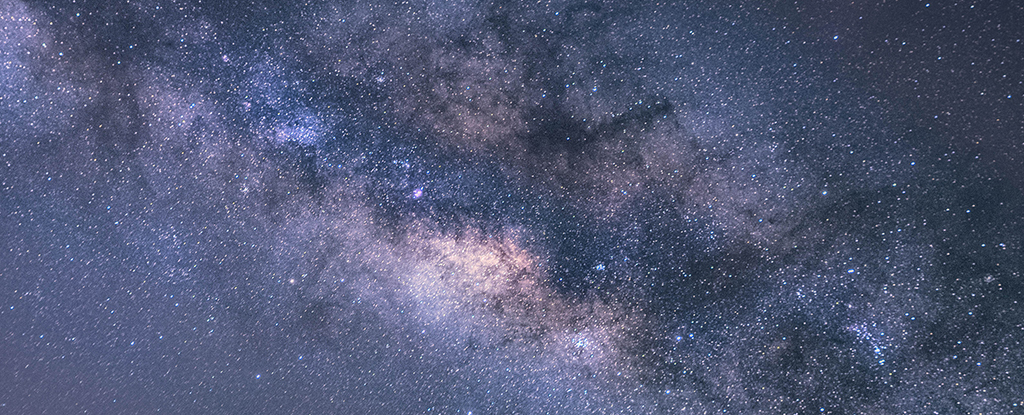The Milky Way has a pair of symmetrical gas blobs that extend above and below the galactic plane. These are known as eROSITA bubbles after the X-ray telescope that discovered them in 2020. The bubbles are located in the Milky Way’s circumgalactic medium, which extends 45,661 light-years on either side of the galactic center.
New Discoveries About eROSITA Bubbles
Scientists have recently discovered that the previously presumed even temperature of the energetic gases that make up the eROSITA bubbles is not true. Rather, the gases have a higher density than their surroundings, causing the X-ray glow of the bubbles. Scientists came to this conclusion after analyzing an archive of 230 X-ray observations of the bubbles and the surrounding medium. They found that the brightness of the bubble shells is due to the higher density of the gas inside the bubbles, not heat.
How eROSITA Bubbles Were Formed
This new discovery has shed light on how the eROSITA bubbles were formed. The readings of non-solar ratios of neon-oxygen and magnesium-oxygen in the bubble shells suggest that these bubbles were formed by nuclear star formation, rather than the injection of energy from other objects such as massive stars. This finding gives less credence to the previous hypothesis that the bubbles were formed due to a supermassive black hole and its associated activity.
The study also suggests that the eROSITA bubbles are connected to smaller but similarly shaped gas blobs called Fermi bubbles, which were discovered in 2010 with NASA’s gamma-ray telescope. Scientists believe that the same events created all of these galactic bubbles.
Looking forward, the team behind the latest study wants to collect more bubble data from future space missions and conduct new studies on the existing information. Understanding more about the eROSITA bubbles can improve our knowledge of how galaxies and the stars inside them come together.



Leave a Reply